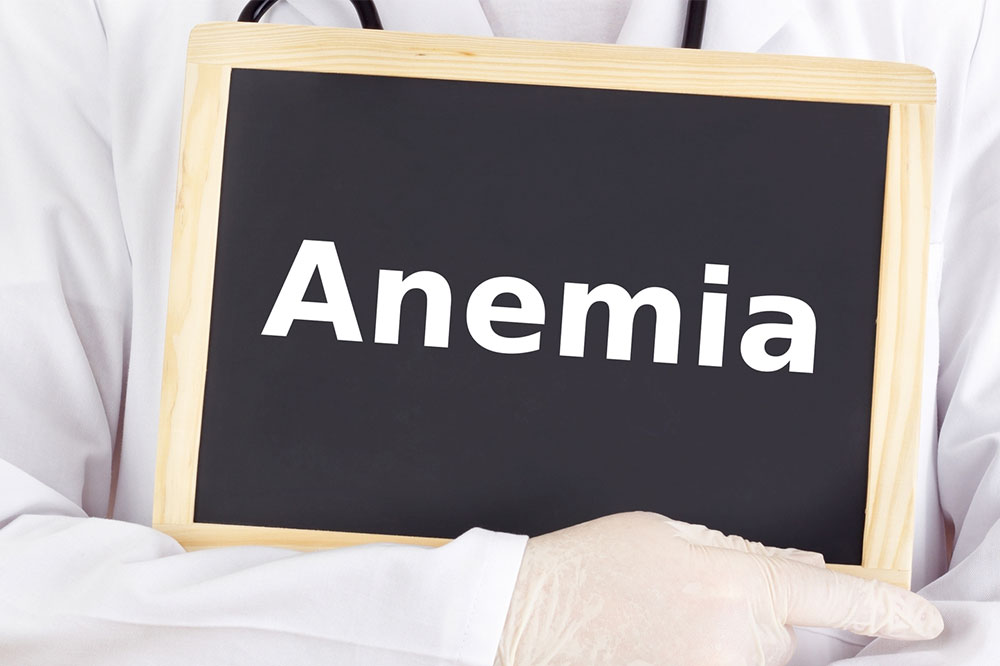
The Symptoms and Different Types of Anemia
Anemia is a health condition in which your body lacks adequate red blood cells (RBCs) to transport the requisite oxygen to the different body tissues. As a result, the body feels weak and tired. There are different types of anemia, and each of them has a cause of its own. Anemia may be long-term or temporary, and severe or mild. If you have anemia, immediately visit a doctor. The different types of anemia are listed below.
- Aplastic anemia
It is a health condition when the body does not make sufficient RBCs, causing you to be more susceptible to infections. It can also make you feel continually exhausted and heighten your risk of uncontrolled bleeding. Though rare, it is a severe type of anemia and can develop at any age. You may get aplastic anemia suddenly, or it may come and then aggravate over time. Aplastic anemia can be either mild or severe. It can be treated via a stem cell transplant, medications, or blood transfusions. - Iron deficiency anemia
This is a relatively common type of anemia. In this, the body has insufficient healthy RBCs. The role of the RBCs is to transport oxygen to different body tissues. The low oxygen levels translate to the dearth of iron in the body, and this shortage of iron leads to lower hemoglobin (HB) production. HB is a substance responsible for carrying oxygen in the body. This type of anemia can leave you feeling breathless and fatigued. It can be cured with iron supplementation. At times, you may need some treatments or additional tests if there is a risk of internal bleeding. - Sickle cell anemia
Of the different types of anemia, this one is an inherited RBC disorder. In this type, your body does not have adequate RBCs to transport oxygen across the body. In an average person, the RBCs move around freely via the blood vessels. However, in sickle cell anemia, the RBCs take the shape of crescent moons or sickles, which become sticky and rigid. As a result, they get stuck in the tiny blood vessels and slow down or restrict the body’s oxygen and blood flow. Though there is no cure, some treatments can help reduce pain and lower complications. - Thalassemia
It is also an inherited blood disorder, wherein your body has less HB than usual. It also means that the oxygen levels transported in the body are less, which leads to anemia, leaving you to feel persistently tired. For people with mild forms, there is no treatment required. However, for someone with severe conditions, regular blood transfusions may be needed. - Vitamin deficiency anemia
As is clear from the name, in this type of anemia, your body does not have the requisite amount of a few vitamins, like Vitamin C, Vitamin B-12, and folate. This type of anemia may occur if you do not consume foods with these vitamins or if your body cannot process or absorb these vitamins from the food. This kind of anemia is treatable, and it can be corrected by the inclusion of vitamin supplements in your diet.



